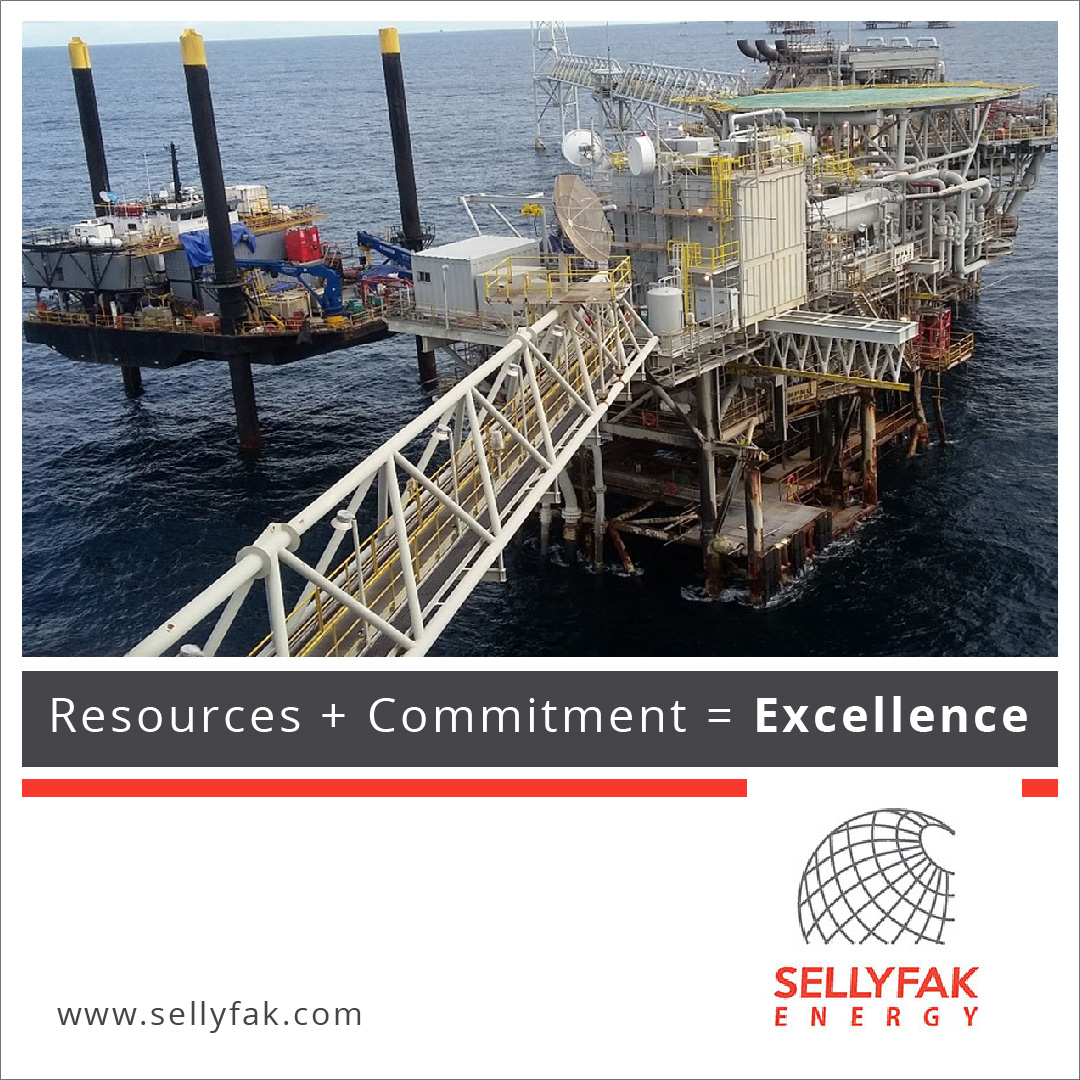COP28 Explainer: Countries Operationalise Loss and Damage Fund


The 28th Conference of the Parties (COP28) to the United Nations Framework Convention on Climate Change (UNFCCC) has agreed on a blueprint for a new fund to help developing countries deal with the impacts of climate change that go beyond their capacity to adapt. The fund, called the Loss and Damage Fund, will provide grant-based financing for reconstruction, rehabilitation, and relocation after extreme weather events or slow-onset events, such as sea level rise, drought and desertification. The fund is expected to become operational in 2024, and will be managed by the World Bank on an interim basis for four years. It will draw on contributions from developed countries and major emitters, as well as other sources.
The Context
The concept of loss and damage, which refers to the economic or non-economic losses caused by climate change that cannot be avoided or reduced by adaptation measures, has been a contentious issue in the UN climate negotiations for decades. Developing countries, especially small island states and least-developed countries, have been calling for a mechanism to provide financial support and compensation for the impacts of climate change that they are already facing, despite having contributed the least to the global greenhouse gas emissions. Developed countries, on the other hand, have been reluctant to accept any legal or moral responsibility for the damages caused by their historical emissions, and have argued that the existing mechanisms for adaptation and mitigation are sufficient to address the issue.
Read Also: Gas Flaring Reduced To Lowest Level In Nigeria, Angola And Other Countries
According to the Global Greenhouse Gas Emissions Data from the US Environmental Protection Agency (EPA), the top 10 emitters of carbon dioxide (CO2) from fossil fuels and industry in 2018 were China, the United States, India, Russia, Japan, Germany, Iran, Saudi Arabia, South Korea, and Canada. These 10 countries accounted for 67 percent of the global CO2 emissions, while the rest of the world emitted 33 percent. The EPA also provides data on CO2 emissions per capita and CO2 emissions per unit of GDP, indicators of the carbon intensity of a country’s economy and lifestyle. Based on these indicators, it shows that some of the least developed countries and small island developing states have the lowest CO2 emissions per capita and per unit of GDP, while some of the most developed countries and major emitters have the highest CO2 emissions per capita and per unit of GDP. For example, in 2018, the CO2 emissions per capita for Burundi, Chad, the Democratic Republic of the Congo, Ethiopia, and Somalia were less than 0.1 tonnes, while the CO2 emissions per capita for Australia, Canada, Qatar, Saudi Arabia, and the United States were more than 15 tonnes.
The recognition of loss and damage from climate change led to the establishment of the Warsaw International Mechanism associated with Climate Change Impacts (WIM) in 2013. Despite initial criticism for inefficiency and insufficient financial backing, subsequent COP meetings aimed to enhance the WIM’s efficacy. Key milestones included integrating Article 8 on loss and damage in the Paris Agreement, creating initiatives like the risk transfer clearing house, and fostering dialogues like the Suva Expert Dialogue.
In 2021, COP26 in Glasgow finalized a blueprint for a new fund for loss and damage, proposed by the transitional committee and backed by the WIM executive committee. Managed initially by the World Bank, the fund was set to utilize contributions from developed nations, major emitters, and other sources, slated for operationalization in 2024. COP27 in Sharm El-Sheikh (2022) reviewed progress and addressed concerns regarding the fund’s governance, financing sources, eligibility criteria, and relations with existing mechanisms. The COP also initiated the process to select a permanent trustee for the fund.
This year, the COP28 in Abu Dhabi operationalised the fund, and following its adoption, a handful of countries promised contributions to the start-up phase of the fund totaling $400 million. Germany and COP28 hosts the United Arab Emirates committed $100 million each, followed by the United Kingdom (£40m or $50.5m), the United States ($17.5m) and Japan ($10m) among others.
Implications
The fund for loss and damage going into operation is a significant achievement for the UN climate negotiations, as it marks the first time that parties have adopted a concrete and operational mechanism to provide financial support to address loss and damage in developing countries. The fund is expected to fill a critical gap in the international climate finance architecture and complement the existing funds and mechanisms for adaptation and mitigation. It is also expected to enhance the credibility and legitimacy of the WIM and to strengthen the trust and solidarity between developed and developing countries.
However, the agreement also entails some challenges and uncertainties, such as the sources and scale of finance. The fund will draw on voluntary contributions from developed countries and other countries in a position to do so, as well as from other sources, such as innovative and alternative sources, private sector contributions, and market-based mechanisms. It also states that the fund will aim to mobilize at least $100 million per year by 2025, and to increase the scale of finance over time, in accordance with the needs and priorities of developing countries. However, some developing countries and civil society groups have argued that the fund should have a clear and binding target for the scale of finance and that the contributions from developed countries should be based on their historical responsibility and capacity to pay, rather than on voluntary pledges.
The agreement also states that the fund will provide support to developing countries that are particularly vulnerable to the adverse effects of climate change and that have ratified the Paris Agreement. This means the fund will prioritize support for the least developed countries and small island developing states, as well as for cross-border and regional initiatives. However, some developing countries and civil society groups have raised questions over the definition and identification of vulnerability and the potential exclusion of some countries and regions that may also face severe impacts of climate change.
Since operationalised, the Loss and Damage Fund will be providing support to developing countries that are most affected by the adverse effects of climate change and that have ratified the Paris Agreement. The operationalisation of the Loss and Damage Fund represents a major breakthrough and milestone in the UN climate negotiations, as it acknowledges and addresses the reality and urgency of loss and damage in developing countries and provides a concrete and operational mechanism to support them in coping with the impacts of climate change that go beyond their capacity to adapt.
It demonstrates the commitment and solidarity of the international community to the principles and objectives of the UNFCCC and the Paris Agreement and to the global goal of limiting warming to well below 2°C. This sends a strong signal and message to the world that the issue of loss and damage is not only a humanitarian and moral issue, but also a political and economic issue that requires collective action and support from all parties and stakeholders.







